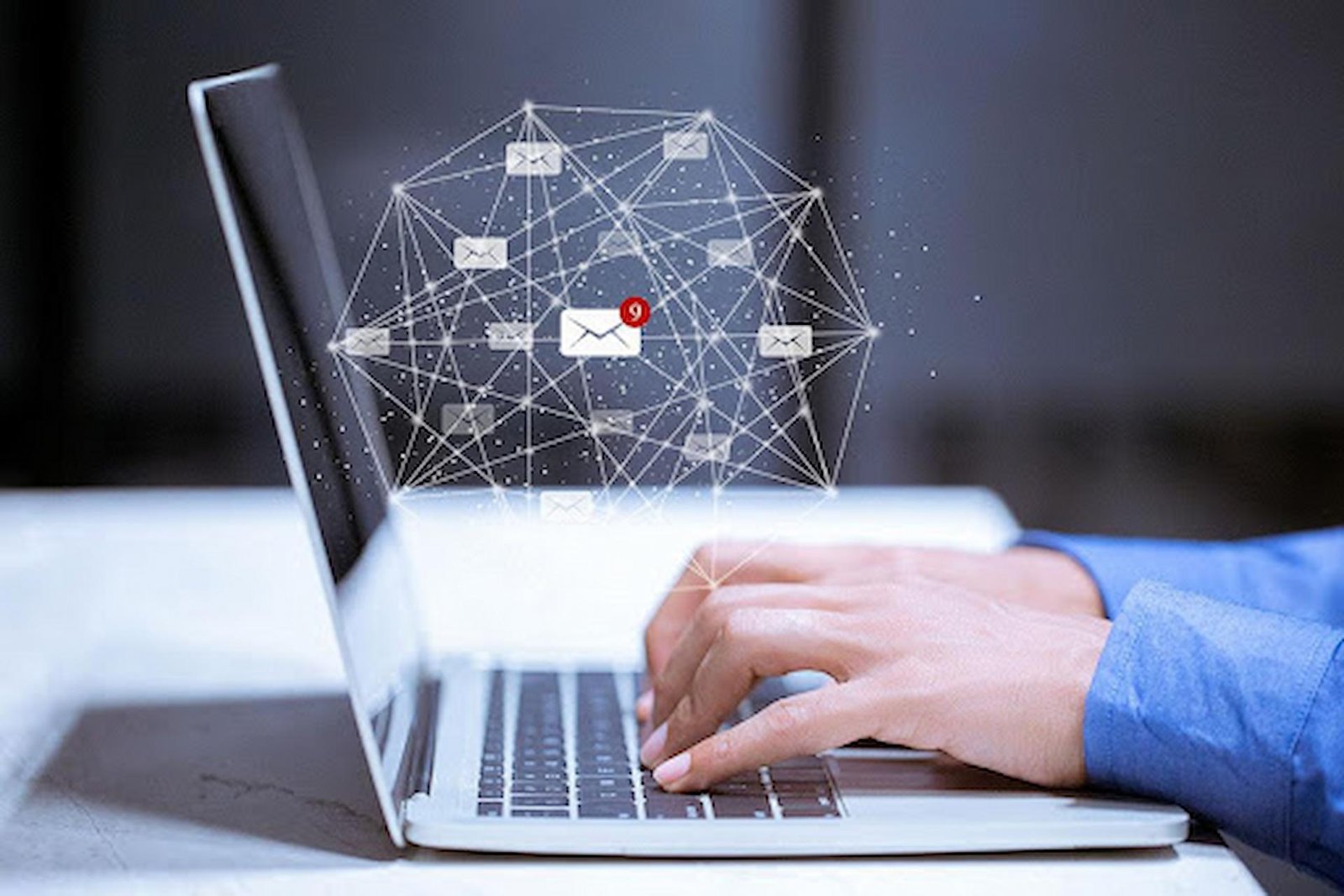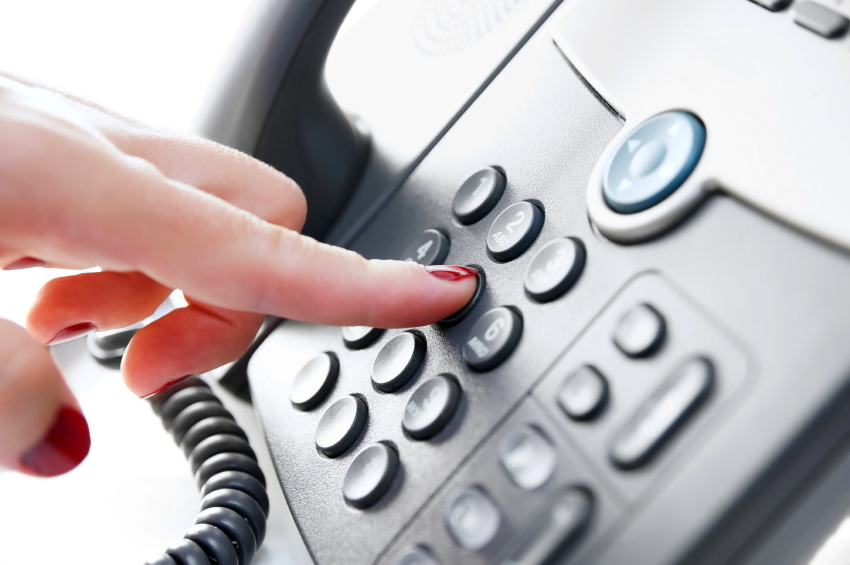The ability to send and receive messages on a digital device without fear of interception is a task that many take for granted. Email, instant chat, texts; the list goes on and on. However, there is one glaring problem with them all: the message must be stored indefinitely in order to be read later. This raises a serious question: if a message is intercepted and sent to others without the original sender’s permission, is it right for the recipient to read it and share it? The self-destruction message seeks to address this on a fundamental level.
It asks the user what they want their message to be, how they want it stored, and with how much time until the information will be completely destroyed. This instantaneously removes any sort of “gray area” when it comes to sending a secure message.
Content
The content of the message should be dictated by the user’s needs. In other words, the message should be as specific and detailed as possible. This ensures that anyone who intercepts the message will know exactly what to do before passing it on. The user can specify how long they want information to remain on their device, as well as how long it takes to destroy the data after being read. This can enable people with a legitimate need for secure messages (guards, doctors, etc. ) to send the information without any fear of it being intercepted and read.
Methods Of Communication
Because the self-destructing message is not able to communicate with a central database anywhere, there cannot be a private note message sent to a receiver’s device nor a signal sent for something like an email. This implies that the user will have to manually input the message in order for it to be transmitted; regardless, it is still possible for someone with access to the device send messages on their own later.
Specific devices can be designated for the particular information that is being stored. For example, a physician would have to input that they are sending a message to their patient with a specific amount of time, so it can be assured that it will not end up in the wrong hands. This prevents unnecessary data from being sent all at once, and also helps prevent communication errors.
Usability
The self-destructing message requires the user to input a lot of information before it can be sent. This is problematic for a lot of reasons. First, the user does not have an easy way of verifying that his or her message has been sent, as it can be done without inputting any information. Second, there does not appear to be an easy way to undo this process and make changes to the message. Third, if the data is intercepted before it is completely destroyed (through any number of means), that person will have access to information with no real way of knowing how long they have.




